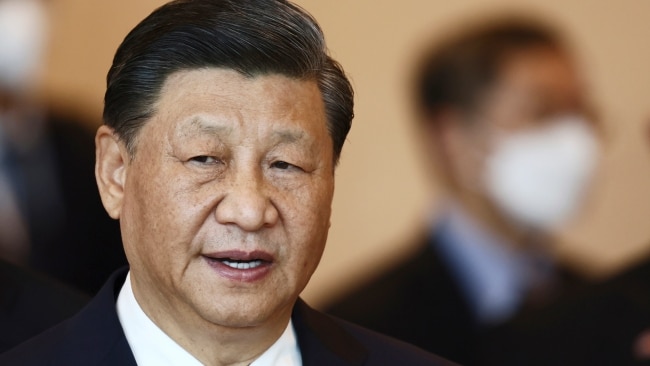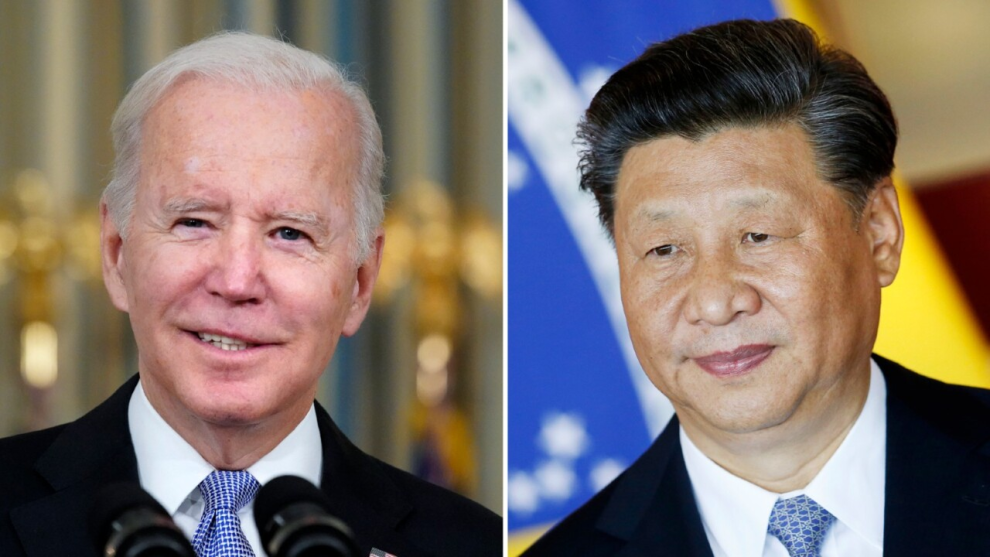China’s surveillance balloon was a giant middle finger to America, and the subsequent US response now sets the stage for the communist power to retaliate in the world’s most contested airspace, writes Professor Joseph M. Siracusa.
When the history of America’s war with China is written, it will begin with a story of a gigantic balloon.
It will also tell the story of the US Secretary of Defence’s meeting with Philippine leaders to contain communist China in its own strategic backyard.
At about the same time as the Chinese spy balloon entered American airspace over Alaska’s remote Aleutian Islands, US Defence Secretary Lloyd Austin was showing his appreciation for Manila’s approval of four euphemistically called Enhanced Defence Cooperation Agreement locations.
The agreement, which allows the US to indefinitely station military personnel and defence equipment at specific sites in the Philippines, is aimed at warding off the next crisis in the region.
To add salt to the Chinese wounds, Austin doubled down on America’s commitment to the Philippine Mutual Defence Treaty and Manila’s armed forces, public vessels, or aircraft anywhere in the South China Sea.
This must have been too much for Beijing, which has grown overly touchy about America flexing its muscles in the region.
Two can play this game.
Enter the balloon
It was likely about this point last week that, Beijing – or some clique in Beijing wary of the easing tensions with the US – launched a high-altitude balloon into the atmosphere.
America believes it was a deliberate attempt to monitor its homeland.
After the Aleutian Islands, the balloon – the size of three school buses – passed over western Canada, and re-entered American airspace over northern Idaho and Montana.
Lying through their teeth, Beijing called it a “civilian airship” used for research, mainly of the meteorological kind, that deviated far from its intended course.
Plainly it wasn’t.
Senior US officials concede that it was manoeuvrable, packed with solar arrays to supply power to a camera.
This balloon, they say, was designed for spying and Beijing was “trying to fly this balloon over sensitive sites”.
The state of Montana is home to one of America’s three intercontinental ballistic missile silos.
Sometimes, two plus two does, indeed, equal four.
What to do?
The US high command mobilised F-22 jets to take it out but Joe Biden, caving to his military advisers, decided not to shoot the balloon down – ostensibly because of the risk to folks on the ground.
For its part, Beijing publicly regretted – a regret is not an apology – “the unintended entry of the airship in US airspace due to force majeure” – weasel speak for uncontrolled forces.
This was too much for Antony Blinken, US Secretary of State, who cancelled the long sought, most senior trip of the Biden administration to China, on the grounds that Beijing not only violated American sovereignty but also international law.
It was a smart move, as the issue was fast becoming a political hot potato.
“This balloon,” said House Foreign Affairs Chairman Mike McCaul, “should never have been allowed to enter US airspace. It now poses a direct and ongoing national security threat to the US homeland.”
Caught between a rock and hard place, President Biden was forced to act.
Unable to explain the meandering of China’s spy balloon across the US for seven days, Biden finally ordered his military to shoot it down.

Chinese President Xi Jinping will likely use the downing of his country’s spy balloon as “pretext” to take down a US plane in contested waters over the South China Sea, writes Professor Joseph M. Siracusa. Picture: Jack Taylor, Pool Photo via AP
China’s response
China, keeping its options open, said the US overreached, characterising the downing of the “civilian” aircraft as “excessive” and reserving “the right to take further actions”.
My guess is Beijing now has what it believes is the perfect jurisdictional pretext to bring down a US plane in China’s contested airspace high above its claims in the South China Sea.
In much the same way as an American U-2 spy plane was shot down while conducting espionage over the Soviet Union in May 1960, derailing an important summit meeting between President Dwight Eisenhower and Soviet leader Nikita Khrushchev that was scheduled later that month, the downing of the China spy balloon skewered an important summit between the US Secretary of State and the Chinese leadership, which was tipped to reset Sino-American relations.
Who and why this happened will be much debated in the event of war with China.
Sometimes, though, the answer is in plain sight.
The answer might just be, in the words of Rebeccah Heinrichs, “The balloon is a Chinese middle finger to the US,” as Xi mocks “President Biden’s efforts to smooth relations.”
Maybe it’s that simple.
Professor Joseph Siracusa is Professor of Political History and International Diplomacy at Curtin University.
Source: Sky News









































